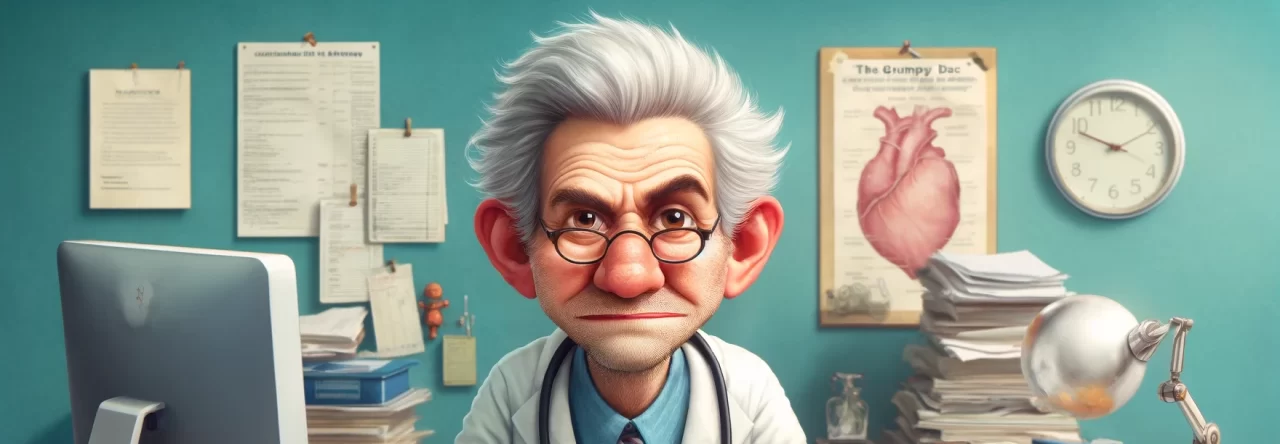On the evening of February 27th, 1933 the German Reichstag burst into flames. This attack on the German national parliament building was viewed by many as an attack on Germany itself.
A Dutchman named Marinus van der Lubbe was found and arrested at the scene almost immediately after the fire erupted. The Nazis quickly claimed that the fire was part of a broader communist uprising and used this claim to push for emergency powers.
Van der Lubbe confessed to setting the fire alone, but the Nazi Party quickly claimed that it was part of a widespread communist conspiracy. Many people believe that the Nazis may have set the fire themselves and used it as a pretext to declare emergency rule.
Adolf Hitler persuaded German President Paul von Hindenburg to issue the “Decree for the Protection of the People and the State” which suspended civil liberties, including freedom of speech, press and assembly. It allowed for the arrest and detention of political opponents without due process. Thousands of communists and socialists were arrested.
Within a month new elections were held. While the Nazis did not win an outright majority, they used the fire to create fear that led to passage of the “Enabling Act” on March 23, 1933. The act gave Hitler dictatorial powers, effectively ending democracy in Germany.
The Reichstag Fire was a crucial point in world history. Whether it was a Nazi engineered false flag operation or the act of a alone arsonist, it provided Hitler with the excuse he needed to dismantle democracy and establish a totalitarian dictatorship. This is a chilling example of how fear and propaganda can be weaponized to erase freedom; a lesson that remains relevant today.


Waiting For The Reichstag Fire
By John Turley
On February 16, 2025
In Commentary, History, Politics
On the evening of February 27th, 1933 the German Reichstag burst into flames. This attack on the German national parliament building was viewed by many as an attack on Germany itself.
A Dutchman named Marinus van der Lubbe was found and arrested at the scene almost immediately after the fire erupted. The Nazis quickly claimed that the fire was part of a broader communist uprising and used this claim to push for emergency powers.
Van der Lubbe confessed to setting the fire alone, but the Nazi Party quickly claimed that it was part of a widespread communist conspiracy. Many people believe that the Nazis may have set the fire themselves and used it as a pretext to declare emergency rule.
Adolf Hitler persuaded German President Paul von Hindenburg to issue the “Decree for the Protection of the People and the State” which suspended civil liberties, including freedom of speech, press and assembly. It allowed for the arrest and detention of political opponents without due process. Thousands of communists and socialists were arrested.
Within a month new elections were held. While the Nazis did not win an outright majority, they used the fire to create fear that led to passage of the “Enabling Act” on March 23, 1933. The act gave Hitler dictatorial powers, effectively ending democracy in Germany.
The Reichstag Fire was a crucial point in world history. Whether it was a Nazi engineered false flag operation or the act of a alone arsonist, it provided Hitler with the excuse he needed to dismantle democracy and establish a totalitarian dictatorship. This is a chilling example of how fear and propaganda can be weaponized to erase freedom; a lesson that remains relevant today.